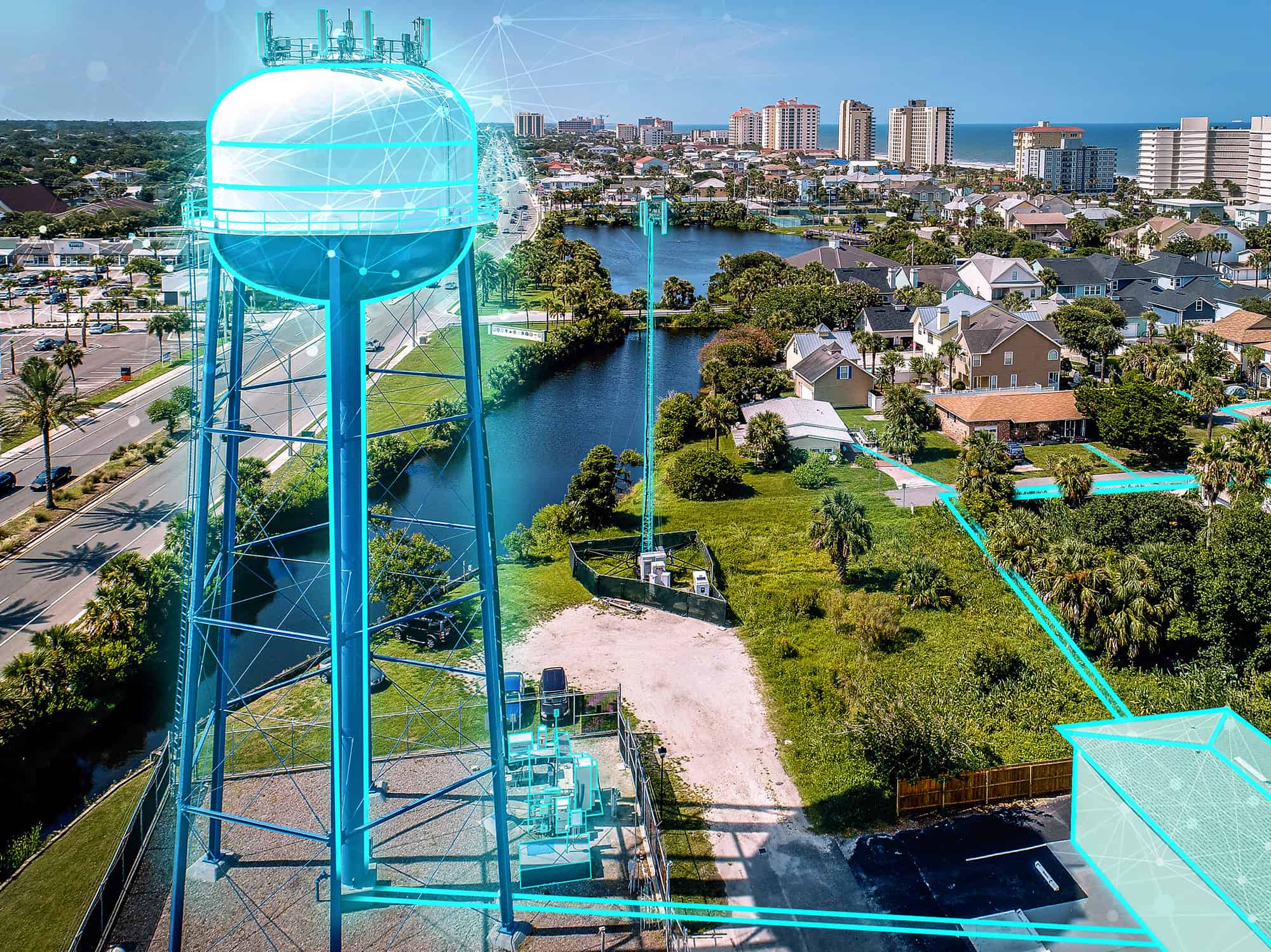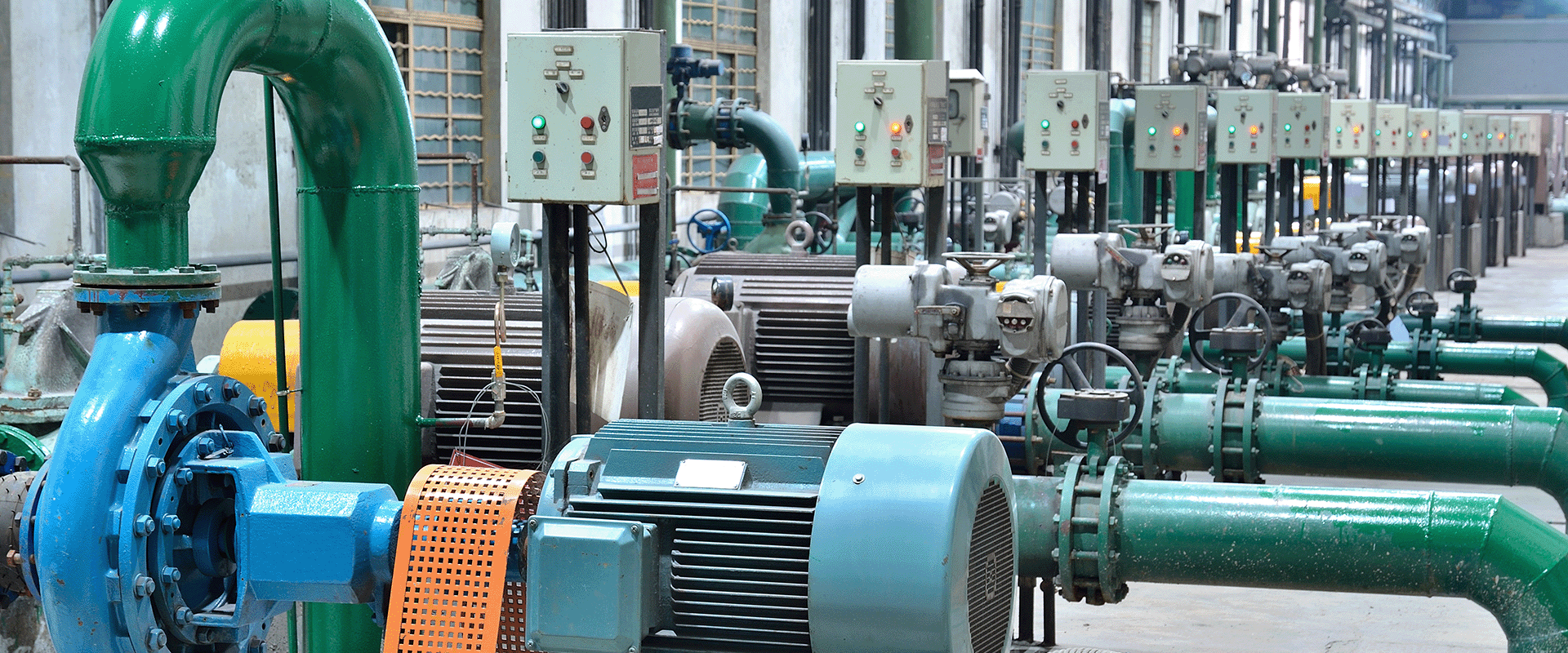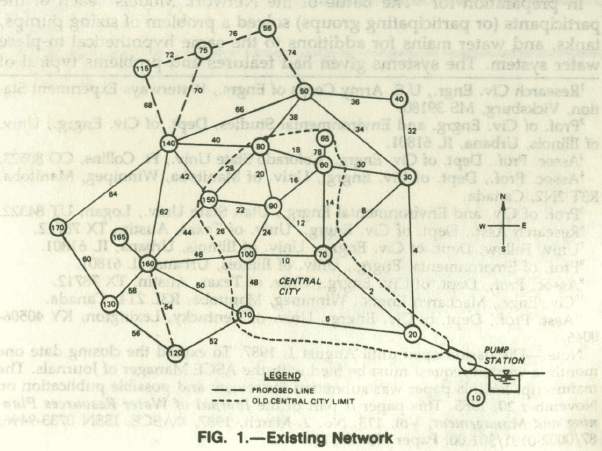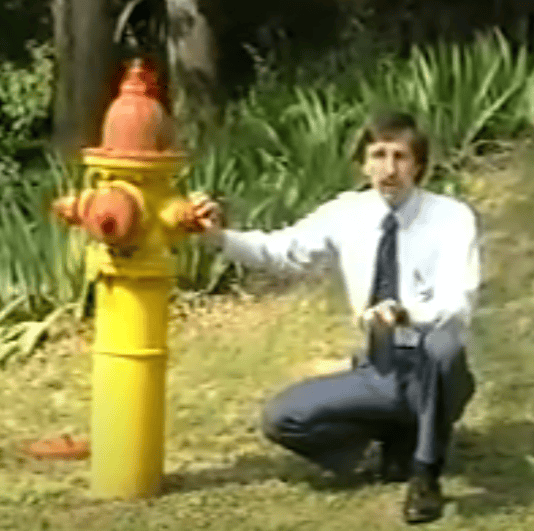We regularly seek feedback from our users on how we’re doing. In a recent survey, we received excellent scores across the board on our OpenFlows products like OpenFlows Water and OpenFlows Sewer. One individual noted it would be great if Bentley were to “Provide additional training, demos, and webinars.”
My first reaction was “What!?” I use a lot of different software, and in comparison to other platforms, OpenFlows is among the best in this regard. I then realized that perhaps some folks aren’t aware of all the training and help we do provide, so, I thought I’d summarize the multiple avenues through which to find help.
In-Product Help. If you are in any of our desktop products (e.g., OpenFlows Water/Sewer), there is a Help or “?” button on every dialog or menu. It’s very useful because we don’t just dump you into a generic help menu, but give you help on the exact menu you were in at the time.
General Help. If you want to search for help on a more general topic, click on the “?” in the top right of the map window. From there, you can browse for help by looking through the contents of our help library, looking at the index, or, my favorite, picking the “Search” tab and typing in the search word of your choice.
Wiki. The Bentley Support Team continually documents solutions and modeling insight in the highly informative WIKI knowledgebase. This wiki brings together a massive amount of content in one easily searchable location, with improvements and updates added daily by our experts. Access Wiki
Communities. The wiki (link above) on Bentley communities is just one thing you’ll find there. My favorite is the Forum where you can ask questions or discuss a topic. We have some good discussions on the forum, which you can reach here.
Just click on New to start a thread.
New user resources. For new users, Communities also contain sets of “new user learning resources” for each product. These can be found in Access Communities
FAQ. We also have some general FAQs on products, which you can view here.
Quick Start Lessons. A great way to get started in modeling is with Quick Start lessons which are included with the products. Just click on File > Help > Quick Start from within the software and you’ll get step-by-step instructions to solve typical problems.
Connection Client. For the Connect edition of our water products, you can reach the Connect Client here.
After you have entered your login, you can access a number of services such as Communities, Product Documentation, and Software Downloads. The big advantage here is that you can Create a New Service Request, which will get your information in front of our tech support people who respond quickly and can almost always resolve your issue.
If you are looking for a specific course on a topic, go to “Find Training” on our learning.bentley.com site.
From there you can pick a Learning Path or an individual Course. Some are available in Spanish or Portuguese.
YouTube. If you like to take your learning in smaller chunks, YouTube may be the best choice for you. There is a robust library of YouTube videos available on our Bentley Hydraulics and Hydrology Modeling channel.
Customized Training. Depending on your preference, we can deliver a training class for your organization either online or on-site. You’ll need to pay a little for this training, but the training can be focused specifically on your needs. On-site training is the priciest since it involves travel costs.
Student Textbook. If you prefer to learn from a book, you may like Bentley’s Computer Applications in Hydraulic Engineering. In its 9th edition, the book is used worldwide and contains a large set of homework problems with detailed instructions. From the book, you can access student versions of the software. Students can also download the book for free. The printed version of the book can be bought from Amazon.
Look for this book and others on our Bentley Education Resources page.
Reference Books. If you want to go beyond the basics of modeling and advance to the expert level, it’s best to have a great reference book on your shelf (or online). We have a set of books for each discipline including
- Advanced Water Distribution Modeling and Management
- Wastewater Collection System Modeling and Design
- Stormwater Conveyance Modeling and Design
These are the reference books used by authorities in the field. You should have them if you are serious about modeling. We have a few other books as well including
- Flood Plain Modeling using HEC-RAS
- Water Loss Reduction
- Security and Emergency Management for Water Systems
Webinars. From time to time, we deliver web-based presentations. Originally known as “Special Interest Groups,” they are now referred to as “Coffee Corners” or just “webinars.” These usually last for a little under an hour. If you have a request for a topic, let me know.
Switching gears, here’s some food for thought. There is a worst way to learn the software, and that is by thinking “I don’t need to waste time with training, I’ll just hack my way through it.” I suggest you think again. We’re talking powerful hydraulic software here, not Angry Birds. You’ll work for 15 minutes and get stuck. You’ll then file a service ticket or post a question on Communities; wait for a response; get the response; work through your sticking point, and then move on to your next stopping point. A job that would have taken a week if you had gotten training, instead took two months, and you missed out on a lot of training and tips that could have made your life easier.
As one of our colleagues said, “Start fast, finish slow,” [because] an ounce of training can beat a pound of flailing.
History. Our water training goes back to Cybernet training classes that Haestad Methods (before being acquired by Bentley Systems) started teaching in 1993. This was before web-based training, and we actually traveled around the world conducting several classes each year. While I didn’t particularly like the travel, I really enjoyed the personal contact with our users. Some of these folks became good friends and the leading modelers in our industry. They also provided valuable feedback from which you all will benefit. I must say, I do miss the human contact.
KEY TAKEAWAY: If you need help with any OpenFlows software, you can get it. It simply depends on which delivery mechanism you prefer. Visit the links above—you’ll be on your way. If you can’t find help, perhaps re-read the blog, a little slower the second time through
Want to learn more from our resident water and wastewater expert? Join the Dr. Tom Walski Newsletter today!
Read more of Tom’s blogs here, and you can contact him at [email protected].
Want to learn more from our resident water and wastewater expert? Join the Dr. Tom Walski Newsletter today!










